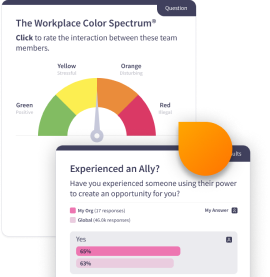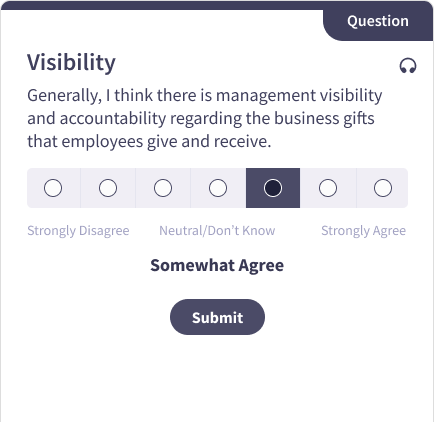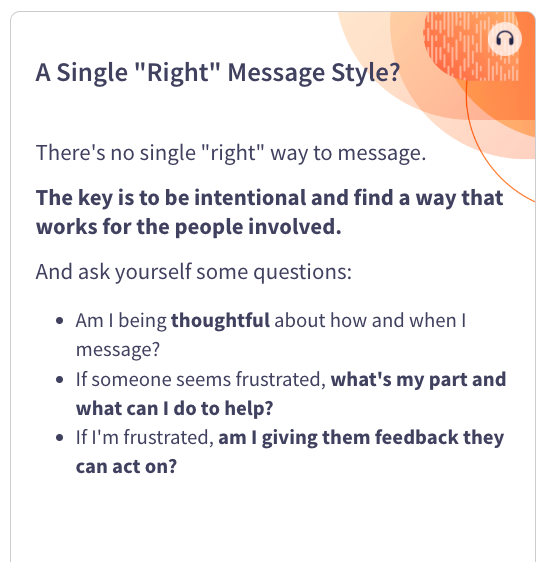
Taking Action Against Exploitation
Modern slavery takes many forms around the globe, including human trafficking, forced or bonded labor, and child labor. Many of these instances occur within the purview of legitimate organizations. It is the responsibility of all employees to remain vigilant and speak up against any suspected abuse or exploitation.
Microlesson Description
This course equips employees with the knowledge to recognize, prevent, and report exploitation, ensuring compliance with organizational policies and creating an ethical work environment.
Key Concepts:
- Understanding the various forms of modern slavery, such as human trafficking, forced labor, and child labor.
- Recognizing industries and sectors with heightened risks, particularly those dependent on low-skill labor or complex supply chains.
- How to identify signs of exploitation in the workplace or supply chains.
- The importance of adherence to company policies on worker protection and anti-slavery measures.
- Encouraging employees to take action by reporting suspicious behavior or abuse.
Microlesson Features
- Employee sentiment pulsing questions that provide leaders with insights into their workforce's core cultural competencies
- Emtrain's Expert Answers tool, enabling employeees to submit anonymous questions about sensitive issues.
- Rich, contemporary video scences illustrating key concepts through realistic scenarios
- A data driven, skill-based approach to eLearning that establishes a shared language for employees.

Related Resources
Related Trainings
Frequently Asked Questions
Below are answers to common questions that employees and managers have about this topic. These FAQs provide a preview of what you’ll learn in this microlesson and why it matters.
Q
Why should employees be trained to spot signs of modern slavery?
Employees should be trained to spot signs of modern slavery to help prevent exploitation and ensure compliance with ethical and legal standards.
Q
How does forced or bonded labor impact global business operations?
Forced or bonded labor impacts global business operations by disrupting supply chains, damaging reputations, and leading to severe legal penalties.
Q
What risks arise if companies ignore exploitation in supply chains?
If companies ignore exploitation in supply chains, risks include financial sanctions, lawsuits, consumer backlash, and harm to vulnerable workers.
Q
How can managers educate staff on labor policies and red flags?
Managers can educate staff on labor policies and red flags through training sessions, scenario-based examples, and clear reporting channels.
Q
Why is vigilance critical in preventing human trafficking?
Vigilance is critical in preventing human trafficking because exploitation is often hidden and requires proactive awareness to detect.



